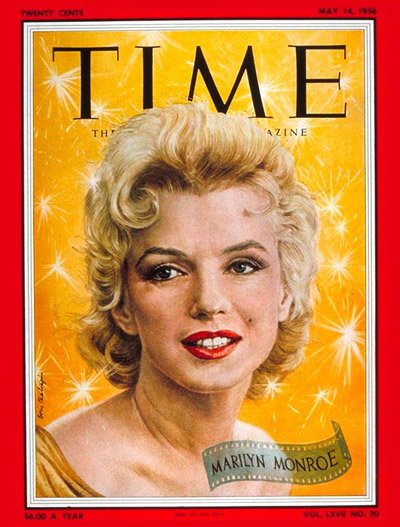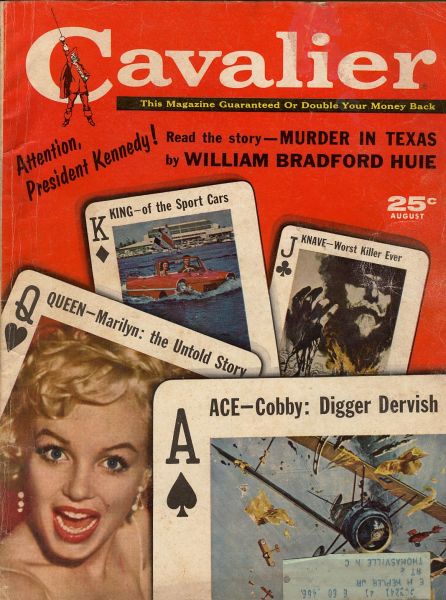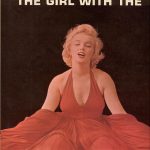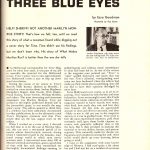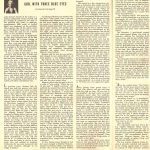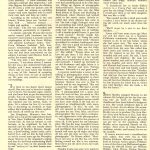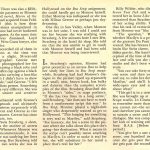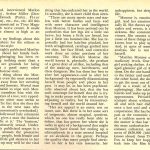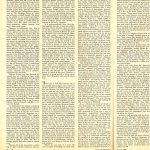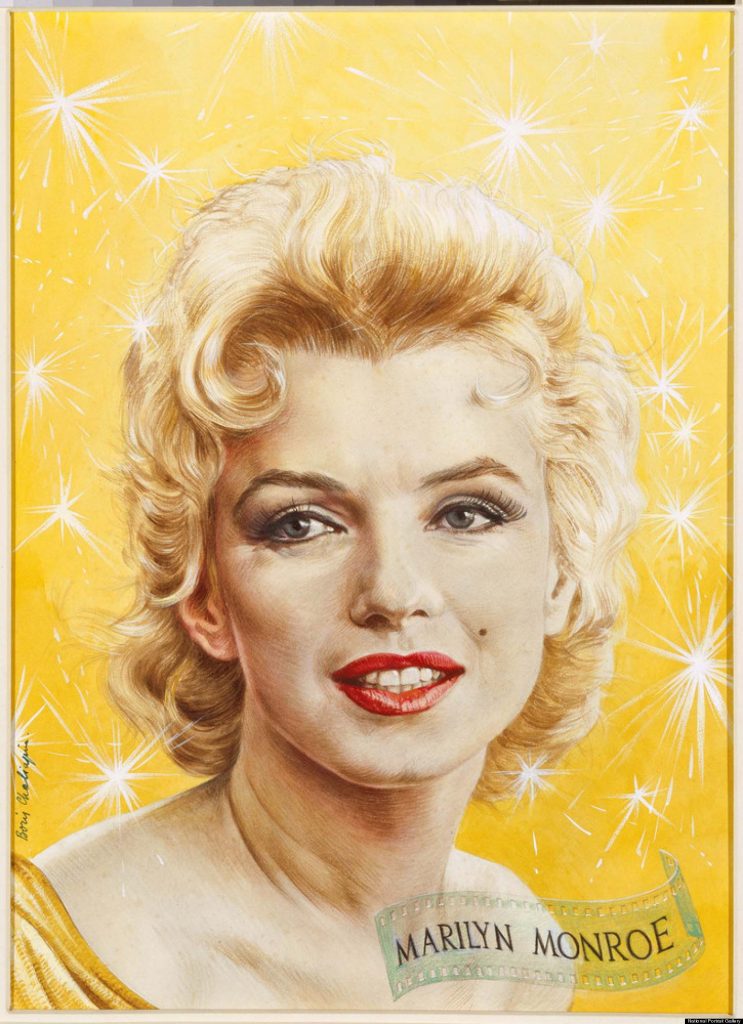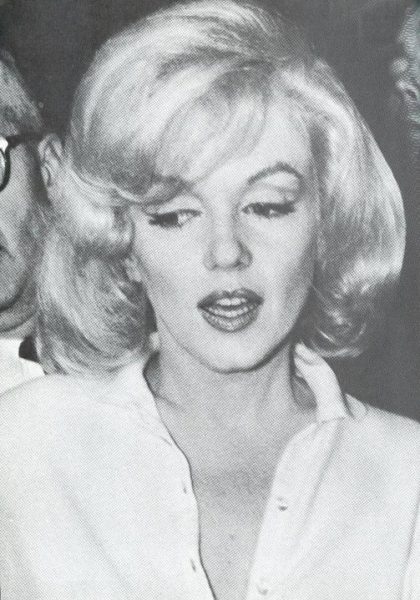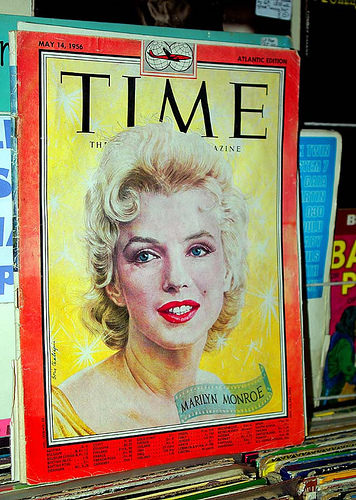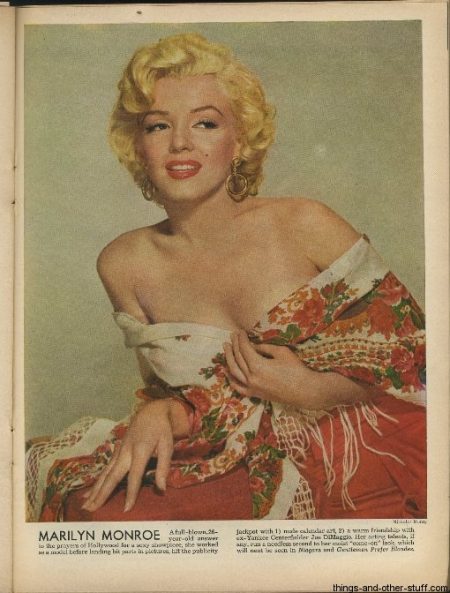
Shawn Levy is the author of several books about the entertainment in the 1950s and ’60s, including Rat Pack Confidential, which became a bestseller on its release twenty years ago. Marilyn’s association with the Rat Pack was covered in this entertaining book, but Levy’s style is gossipy and speculative.
In his latest tome, The Castle On Sunset, Levy explores the history of one of Hollywood’s most fabled hotels, the Chateau Marmont. Levy isn’t the first author to tackle the subject; Raymond Sarlot and Fred E. Basten beat him to it with Life At the Marmont back in 1987.
Marilyn stayed there while filming Bus Stop in 1956, although her official residence was a rented house in Beverly Glen. She most likely used Paula Strasberg’s suite for convenience, not to mention her secret trysts with Arthur Miller, who was waiting out his divorce in Nevada. (Miller’s legal battle with the House Un-American Activities Committee was hotting up at the time, and rather disturbingly, the FBI tracked the couple to the hotel.)
Levy also mentions that journalist Brad Darrach interviewed Marilyn there for her Time magazine cover story. This may seem a little odd, as the article’s author was Ezra Goodman. However, Darrach was apparently part of a team which assembled the piece. He first shared his memories with Anthony Summers for Goddess: The Secret Lives of Marilyn Monroe in 1984. Here’s the original account, as related by Summers…
“When Time magazine mounted its first cover story on Marilyn, during the shooting of Bus Stop, its researchers began uncovering a good deal about Marilyn’s parentage. This was a vulnerable area because of her various deceptions. As a result, one of Time‘s youngest reporters, Brad Darrach, was granted a personal interview, in bizarre circumstances.
Darrach collected Marilyn at Fox at 11:00 A.M., and drove her to her hotel, the Chateau Marmont. Marilyn, herself a fast driver, asked the reporter to drive slowly. She seemed to him to be afraid, not of his driving, but ‘generally frightened.’ Once in her suite Marilyn soon declared she was tired, and asked if they could do the interview in her bedroom.
So it was that Darrach ended up, he laughingly remembered, ‘spending ten hours in bed with Marilyn Monroe’. She lay down with her head at one end of the bed. He settled at the foot, and there they talked until long after dark.
‘She was Marilyn, and reasonably pretty,’ Darrach remembered. ‘And of course there were those extraordinary jutting breasts and jutting behind. I’ve never seen a behind like hers; it was really remarkable, it was a very subtly composed ass. Yet I never felt for a moment any sexual temptation. There was nothing about her skin that made me want to touch it. She looked strained and a little unhealthy, as though there was some nervous inner heat that dried the skin. But there was no sexual feeling emanating from her. I am sure that was something that she put on for the camera.'”
